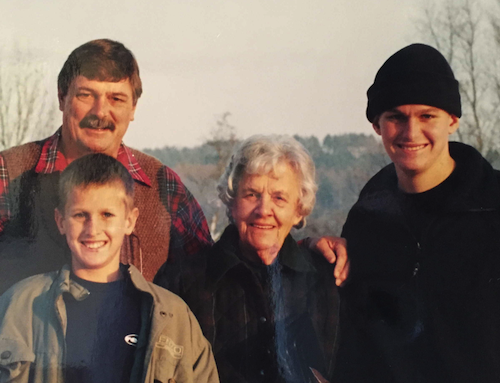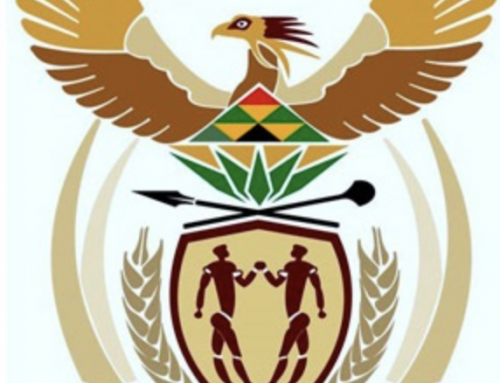 Between the years 1860 and 1911, 152 184 persons were introduced as indentured labour into South Africa, the last batch having arrived on the S.S. Umlazi on 21 July 1911. This database of Indian South Africans provides an invaluable amount of information for anyone wanting to trace their Indian Heritage. These records provide details such as the person’s name, age, gender, name of the ship, Place of departure, date of arrival, port of arrival, name of the father, caste, village of origin, and Colonial Number. The colonial numbers can be tracked further back at the Natal Archives to get more information on family history and origins. Click here to start searching the database of Indian South Africa Indentured labourers.
Between the years 1860 and 1911, 152 184 persons were introduced as indentured labour into South Africa, the last batch having arrived on the S.S. Umlazi on 21 July 1911. This database of Indian South Africans provides an invaluable amount of information for anyone wanting to trace their Indian Heritage. These records provide details such as the person’s name, age, gender, name of the ship, Place of departure, date of arrival, port of arrival, name of the father, caste, village of origin, and Colonial Number. The colonial numbers can be tracked further back at the Natal Archives to get more information on family history and origins. Click here to start searching the database of Indian South Africa Indentured labourers.
The pioneering European sugar-planters in Natal began to experience considerable difficulty with the Zulu labourers, whom they found to be unstable and not possessed of the necessary agricultural skills. The experience of other sugar-producing territories indicated that Indian labour was far superior. This situation resulted in lengthy negotiations and petitions from the colonists to the Court of Directors of the British East India Company, the Secretary of State for the Colonies and the Government of India. Eventually in 1859 Natal was able to pass legislation for the importation of labourers from India. William Collins, Postmaster-General of the colony, having made a study of labour conditions in Mauritius, chartered two ships, the Belvedere at Calcutta and the Truro at Madras.
Although imported primarily to serve on the sugar plantations, some of this polyglot assortment of skills was absorbed by other European businesses in different parts of the colony. The coal mines of Northern Natal absorbed several thousand Indians under the indenture. The labourers came under contract and were to be indentured to their employers for three years – later increased to five – at a wage of Ios. per month, rising by a shilling a month for each year of service. In addition to the cash wage, employers had to provide accommodation, rations and medical care. The women worked for half these rates in wages and rations, and if the children served on the plantations they received half-a-crown a month in cash and half the adult rations. After the expiry of the first term of indenture, the labourer could enter into a new contract of service with the same or some other employer for a further period of not less than one year and not snore than two years. Such additional services could be commuted or redeemed on payment to the Government of £2.70.0 for each year unfulfilled in the contract, and these labourers could then seek employment where they liked and follow whatever vocation they chose. Many of these `free’ Indians were quickly absorbed in other parts of the colony at higher rates of pay and were employed as artisans, cooks, house servants, tailors, laundrymen, or in other occupations.
 After the special representations of hoteliers and householders, a special class of labour was imported, mainly from Madras, to serve the needs of the growing hotel and catering industry. The Indian Pass provided to an Indian under Act No. 17 of 1895. labour played a dominant part in the industry in Natal many years ago. Employees in this trade had a large and powerful trade union called the Natal Liquor and Catering Trades Employees’ Union.
After the special representations of hoteliers and householders, a special class of labour was imported, mainly from Madras, to serve the needs of the growing hotel and catering industry. The Indian Pass provided to an Indian under Act No. 17 of 1895. labour played a dominant part in the industry in Natal many years ago. Employees in this trade had a large and powerful trade union called the Natal Liquor and Catering Trades Employees’ Union.
Every Indian immigrant labourer was entitled to a free passage back to India if he had resided in the colony for ten years, the first five under the indenture and the next five as a free labourer. Many inducements, however, were offered to these Indians to remain in the colony, and they began to spread with their skills into many parts of Natal and even into the Transvaal. As British subjects, they were entitled to the rights and privileges of citizenship, and it is on record that in 1877 about 50 Indians were on the burgess roll as ratepayers in Durban.
The largest group of Indian labourers was recruited in the Madras presidency; these are Tamil-speaking the second largest group came from around Bihar and Orissa; these were Hindi-speaking, as were a substantial number which came from the United Provinces of Agra and Oudh (now the state of Uttar Pradesh). The third group came from Andhra province, north of Madras, speaking Telugu, a language allied to Tamil. Among the Muslims in South Africa, a fair number are Urdu-speaking; they came largely from areas scattered in North India. In order of magnitude, the linguistic groups among South African Indians are the following: Tamil, Hindi, Gujarati, Urdu and Telugu.
Should anyone find their ancestors colonial reference number in our database they can contact us for a quotation to obtain copies of these records. Click here to start searching the database of Indian South Africa Indentured labourers.





